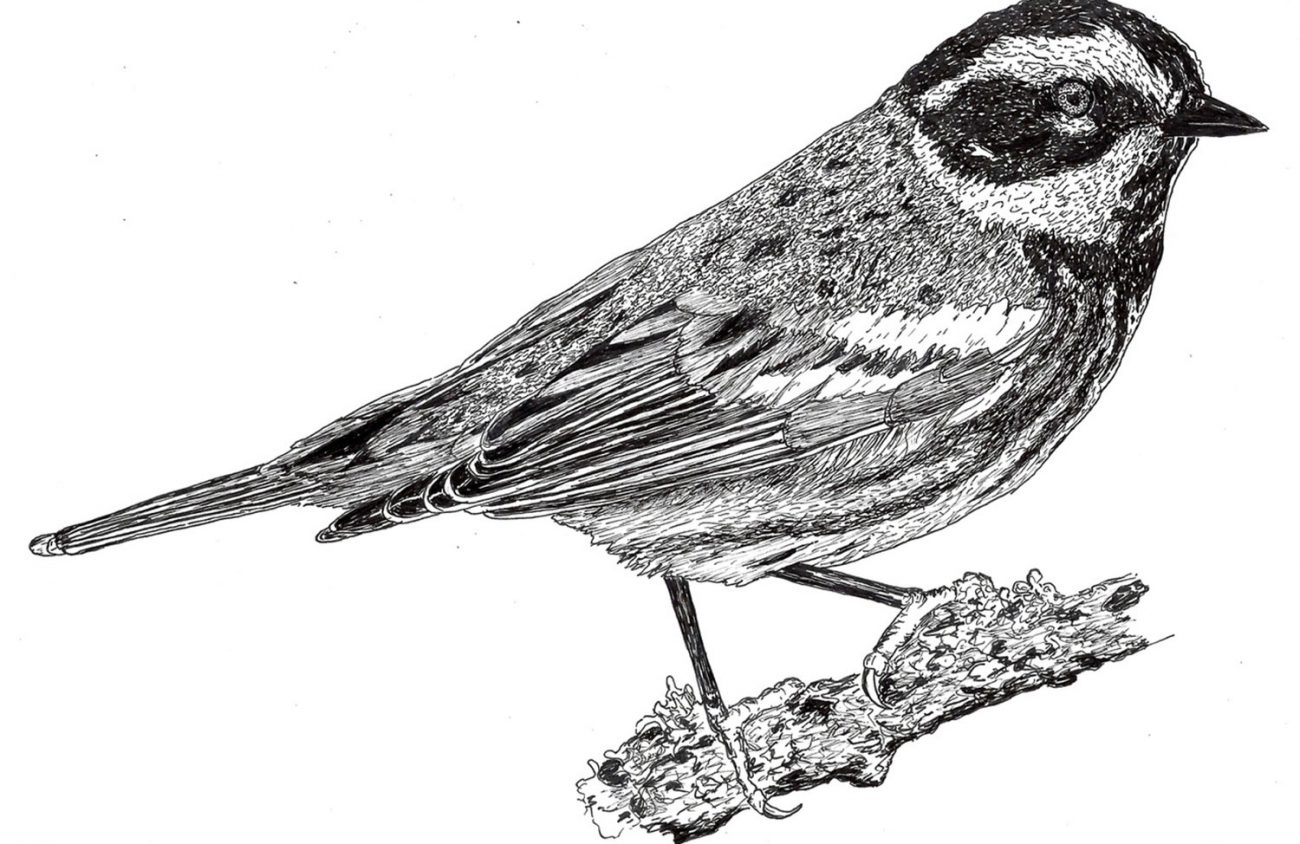Along the trail to Trestle Creek Falls, above Brice Creek in southern Lane County, I found a solitary, ancient rock sword fern (Polystichum imbricans). It is a relictual plant, one that has survived from the time when this site was an open, rocky ridge. That’s the sunny habitat this species prefers. Over the last centuries a towering forest has closed in and this species is no longer reproducing here. These relictual oldsters are not hard to find because our regional forests have an average 500-year cycle of fire replacement.
Western sword fern (Polystichum munitum) is one of only two or three forest understory species that survive total stand replacing fires in the forests on the west side of the Cascade Range. It means sword ferns are often older than old growth trees above them. Some of the monster ferns are certainly hundreds of years old.
Appreciating the time scale of old sword ferns can be contrasted with current bird populations in urban areas. In north Eugene our feeders have been swarmed by about five times the normal visits. Great variation from year to year is not unusual, but this rush began early, right after the Labor Day fires started. We see crowds of a dozen or more different birds every day. The Holiday Farm Fire has devastated one of our most treasured environments up river. It is not unreasonable to propose that the birds we have been enjoying for three months are a consequence of their fleeing the burning forests.
David Wagner is a botanist who has worked in Eugene for more than 40 years. He teaches moss classes, leads nature walks and publishes the Oregon Nature Calendar. For information about getting the 2021 Oregon Nature Calendar, contact him directly at fernzenmosses@me.com.
